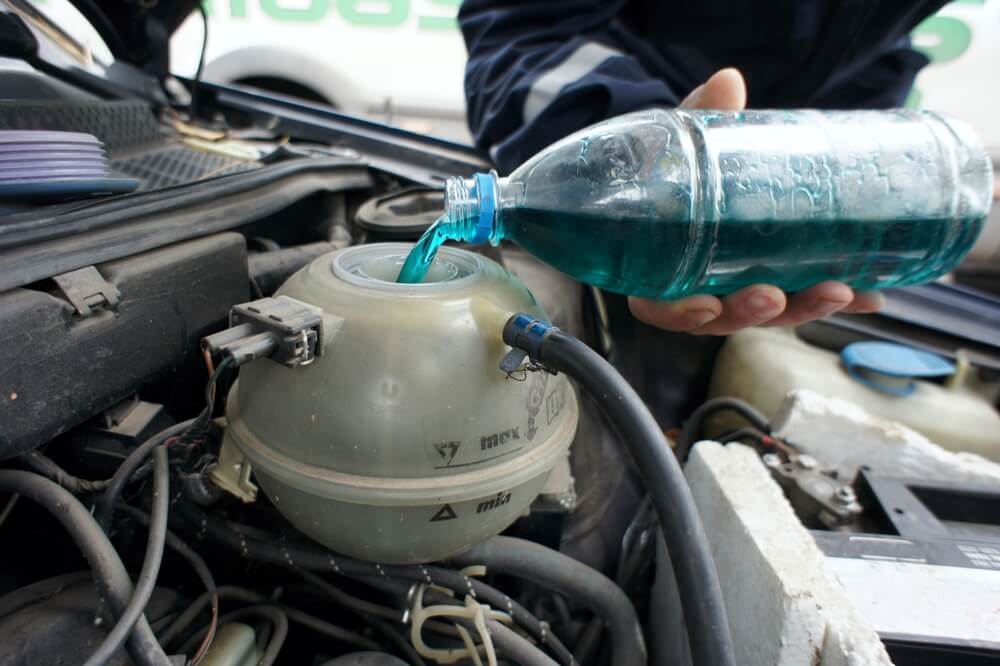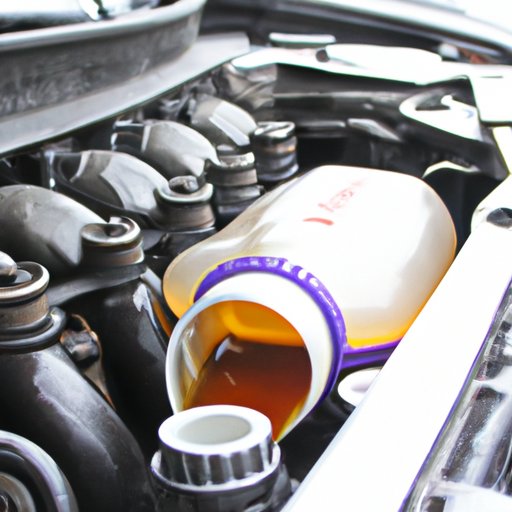Last Updated on February 5, 2023 by Ryan
Yes, you can drive after adding coolant, but make sure to keep an eye on your engine temperature gauge. If it starts to climb, turn off the engine and call a tow truck.
- Park your car in a safe location and turn off the engine
- Lift the hood of your car and locate the coolant reservoir
- Remove the cap from the coolant reservoir and add coolant until it reaches the “full” line
- Replace the cap on the coolant reservoir and close the hood of your car
Basic Car Care & Maintenance : Checking Car Radiator Coolant Level
How Long Can I Drive After Adding Coolant?
Assuming you are asking how long you can drive after adding coolant to your car:
If you have just added coolant and the engine is still cold, start the engine and let it idle for a few minutes. This will allow the new coolant to circulate.
If the level is low, add more as needed. Do not remove the radiator cap while the engine is hot.
If your car has been driven and is now overheating, stop driving immediately.
Do not continue driving with an overheated engine; this could cause permanent damage. Let the engine cool down before adding more coolant. Once it has cooled, check the level and add more if necessary.
Do I Need to Drive My Car After Adding Coolant?
No, you don’t need to drive your car after adding coolant. In fact, it’s best to let your car sit for a while so the coolant can circulate and do its job. If you must drive immediately after adding coolant, go easy on the accelerator and avoid high speeds.
What to Do After Adding Coolant to Your Car?
If your car is low on coolant, you’ll need to add more in order to bring it back up to the proper level. But once you’ve added coolant, there are a few things you should do in order to make sure everything is working properly.
First, start the engine and let it run for a few minutes.
This will allow the new coolant to circulate through the system and reach the engine.
Next, turn off the engine and open the hood. Check the level of the coolant in the reservoir tank.
It should be at or just below the “full” line. If it’s not, add more until it reaches that point.
Finally, check all of the hoses and clamps that connect to the cooling system for any leaks.
Tighten any loose clamps and replace any hoses that are damaged or leaking.

Credit: driving-tests.org
Should I Run My Car After Adding Coolant
If your car is low on coolant, you might be wondering if it’s okay to run your car after adding coolant. The answer is yes, you can run your car after adding coolant. However, there are a few things to keep in mind.
First, make sure that the coolant you’re using is compatible with your car. Second, add the coolant slowly and don’t overfill the reservoir. Finally, check the level of coolant regularly and top off as needed.
How Long Should I Run My Car After Adding Coolant
If your car is low on coolant, you might be wondering how long you should run it before adding more. The answer depends on a few factors, but in general, you should aim to run your car for at least 15 minutes after adding coolant. This will give the new coolant time to circulate and start cooling your engine.
Of course, if your car is overheating or running hot, you’ll want to add coolant and get off the road as soon as possible. In this case, 15 minutes may not be enough – listen to your car and stop driving if it starts to overheat again.
In short, don’t wait too long to add more coolant if your car needs it.
15 minutes is a good rule of thumb, but if in doubt, err on the side of caution and pull over sooner rather than later.
What to Do After Adding Coolant
If your car is low on coolant, you may be tempted to just top it off and forget about it. But don’t! It’s important to take care of your car’s cooling system so it can continue to keep your engine running properly.
Here are a few things you should do after adding coolant:
1. Check for leaks. A leaky radiator or hose can cause your car to lose coolant quickly.
If you find a leak, have it repaired as soon as possible.
2. Flush the system and add fresh coolant. Over time, the coolant in your car’s cooling system can become contaminated with dirt and rust.
This can cause problems like corrosion and clogs. To avoid these issues, flush the system and add fresh coolant every two years or so.
3. Watch the temperature gauge.
After adding coolant, keep an eye on your car’s temperature gauge.
Conclusion
If your car is low on coolant, you may be wondering if it’s safe to drive. The short answer is yes, you can drive with low coolant levels. However, it’s not advisable to drive for long periods of time with low coolant levels.
This is because driving with low coolant can cause your engine to overheat. If your engine overheats, it can lead to serious damage. So, if possible, try to add coolant to your car before driving.



